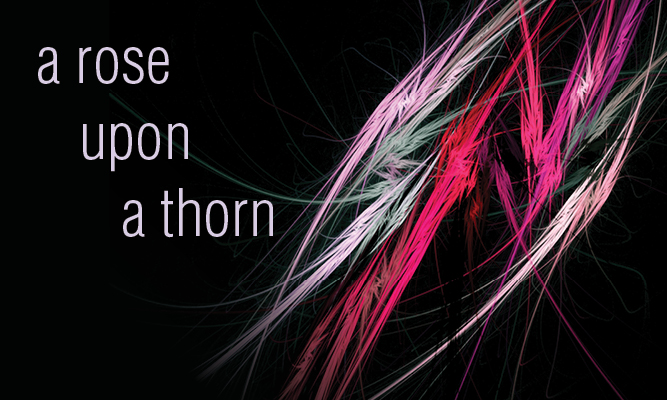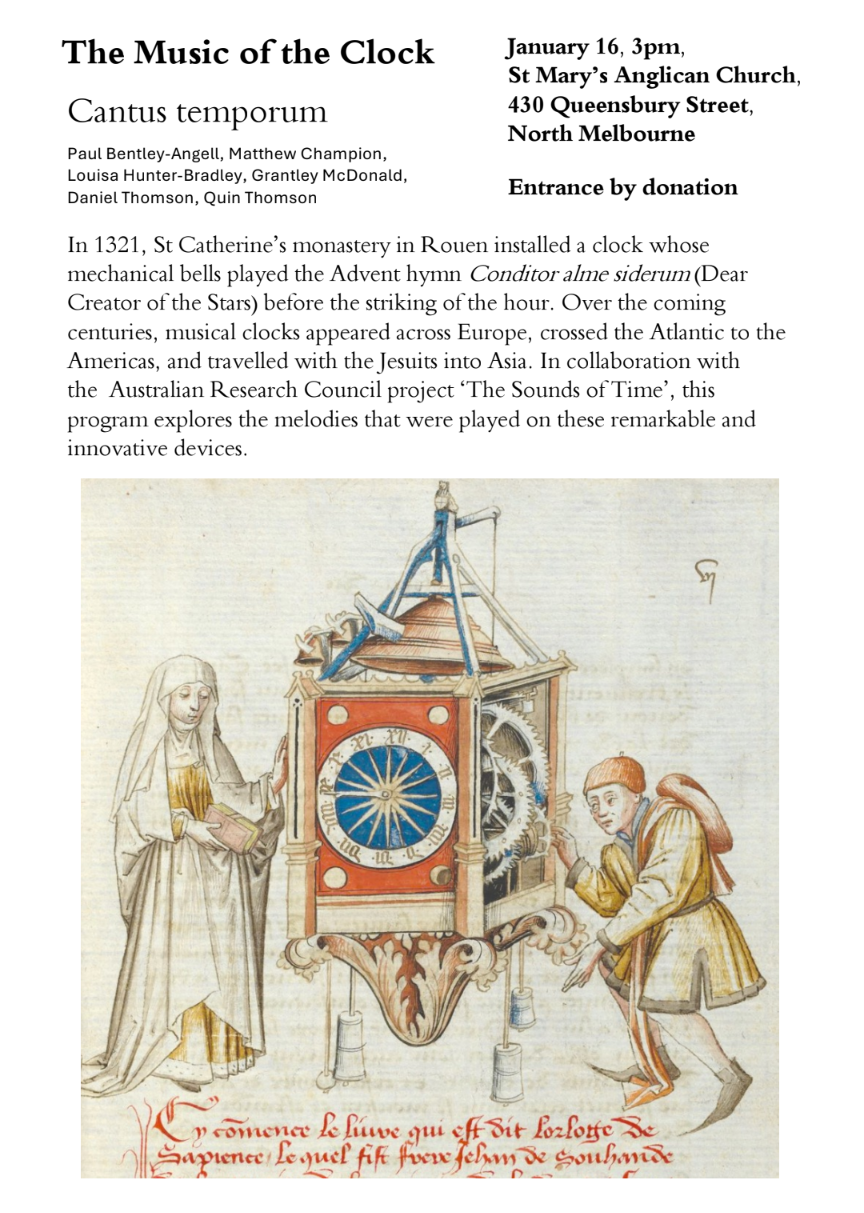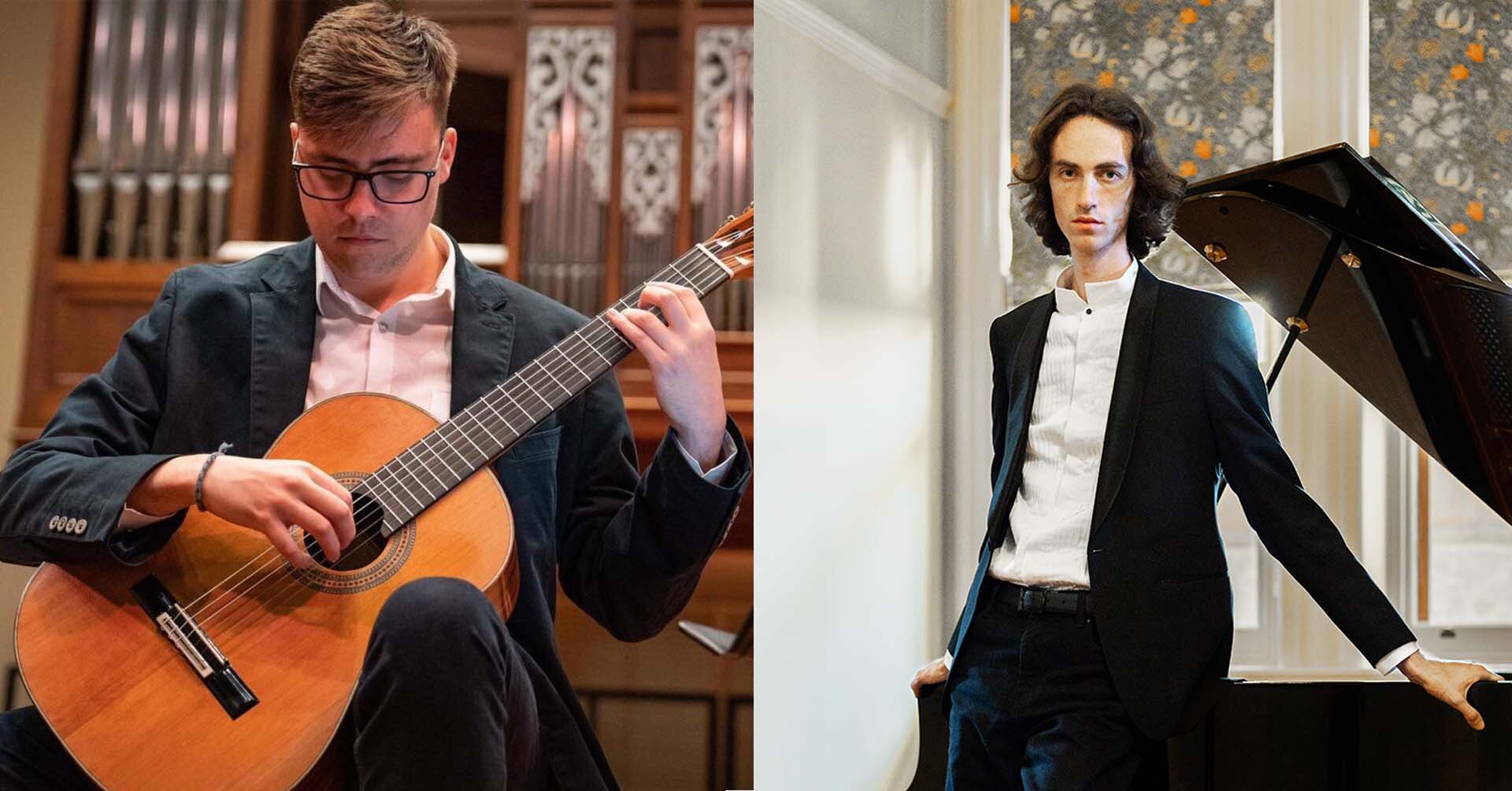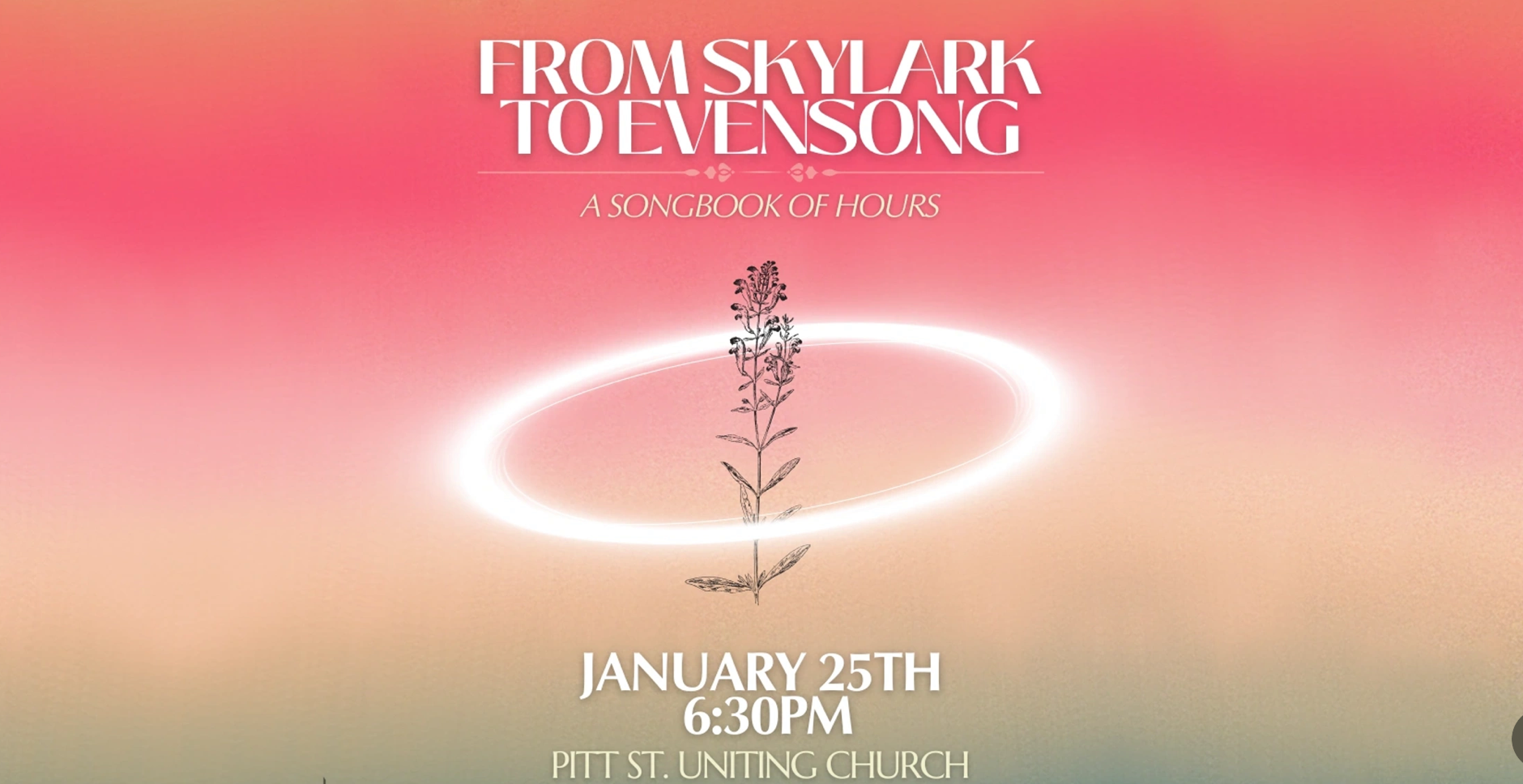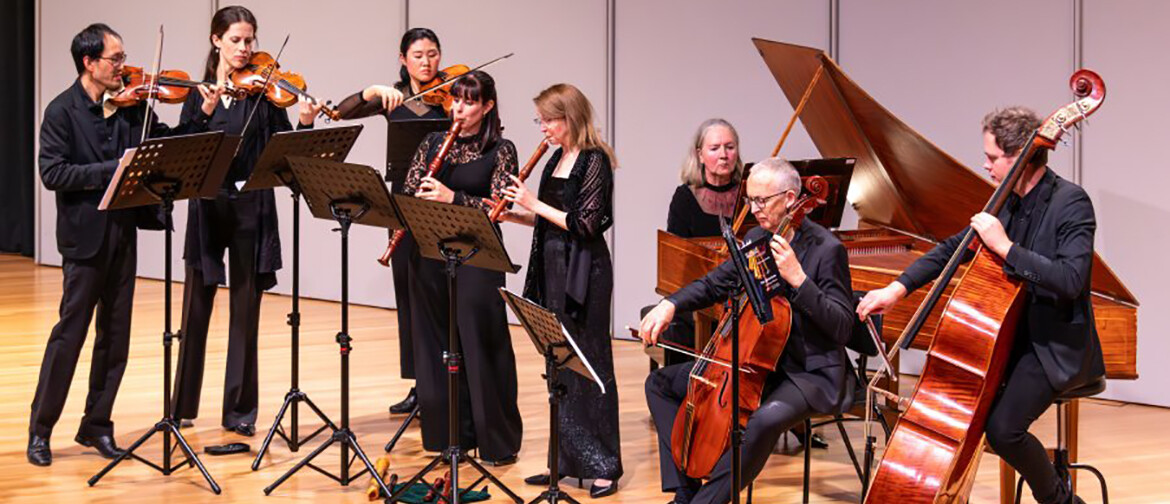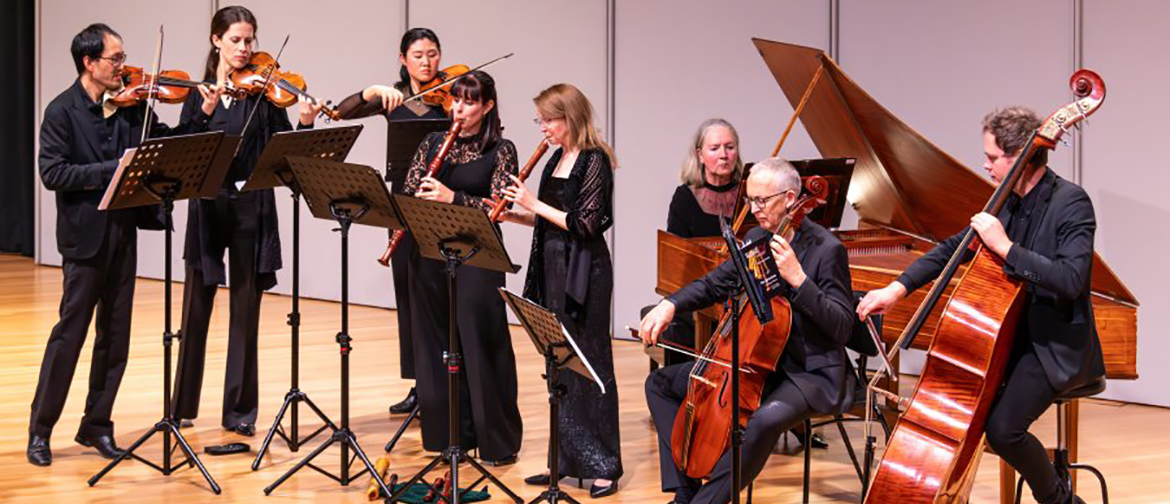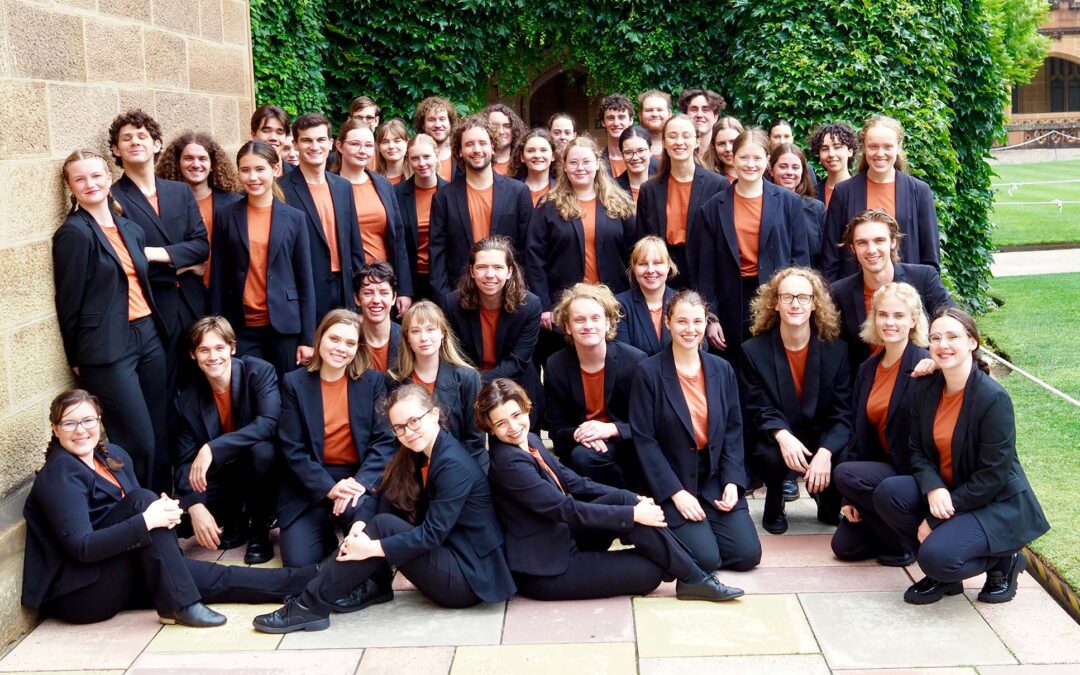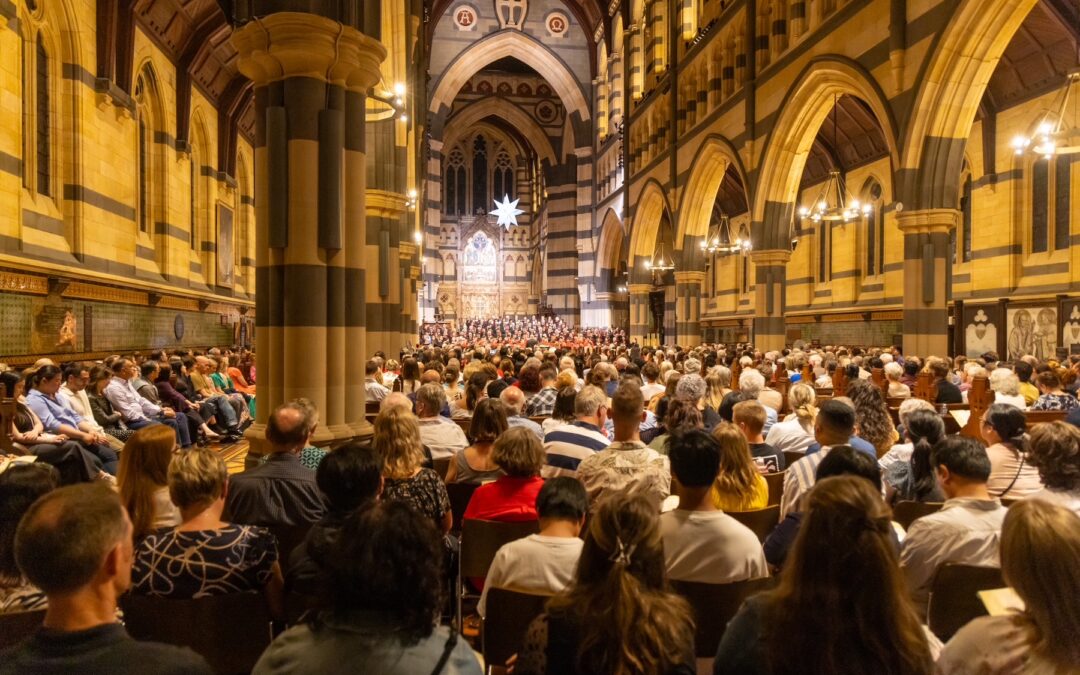March 6, 2021, St James’ Church, Sydney
Walking through Martin Place to the Church of St. James under a soft autumn glow, I found myself thinking about what this concert would represent; represent to The Choir of St. James’, to the audience, and to myself. To the choir, their first concert in over a year would seem to represent a celebration of performing music to a real, receptive audience without the anxieties of covid. To the audience, this concert would most likely signify the return to normality that they’ve been craving. As for me, this review marks just over one year so I published my last review. Not so long ago, attending a live concert with an audience seemed an intangible fantasy, yet as I walked into the church there sat at least 200 people all waiting in anticipation to hear the voices of The Choir of St. James.
After a warm introduction by conductor Warren Trevelyan-Jones, the choir began the concert with Clemens non Papa’s O Maria vernans rosa, a motet that celebrates Mary and asks her for guidance and protection. Opening with a graceful canon, the motet is a quintessential example of the sparse Renaissance polyphony that is an ever-present, and enjoyable, cornerstone of choral repertoire. The work allowed the choir a gentle start to the evening yet already showcased their ability to create a uniform sound and to convey emotional depth through a broad dynamic range.
Moving a century later to the Baroque period, J.S. Bach’s Komm, Jesu, Komm marked a more declamatory shift in tone. Despite featuring a denser, busier texture, all parts remained equally present. This work introduced the audience to the continuo section comprising of theorbist Simon Martyn-Ellis, cellist Rachel Scott, and organist Alistair Nelson, whose addition to the texture provided a deep, rich resonance. The sudden changes in tempo and metre were always well navigated and clearly conducted by Trevelyan-Jones.
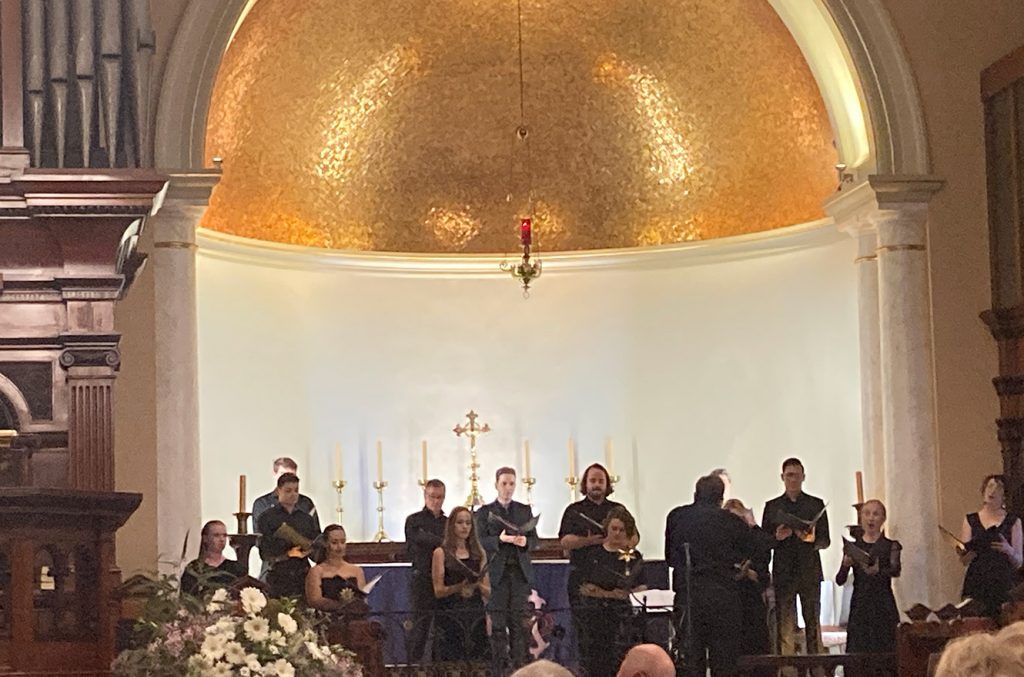
The next work in the programme was Arvo Pärt’s The Deer’s Cry. The sacred motet is a perfect encapsulation of Pärt’s trademark tintinnabuli, a compositional technique that recalls the Medieval period through its simplicity yet remains minimalistic through its refusal to develop beyond meditation. With long pauses, constant repetition and exposed part-writing, the motet would be understandably tricky to coordinate. Nevertheless, the choir’s entries were always perfectly timed, allowing the silences to have their full impact. The countermelody sung by sopranos Chloe Lankshear, Claire Burrell-McDonald, Ines Paxton and Josie Ryan acted as a delicate contribution to the reflective atmosphere created by the repetition of the other parts. When all four parts came in together, all singers perfectly blended, creating a subtle yet effective increase in dynamics before returning to soft meditation.
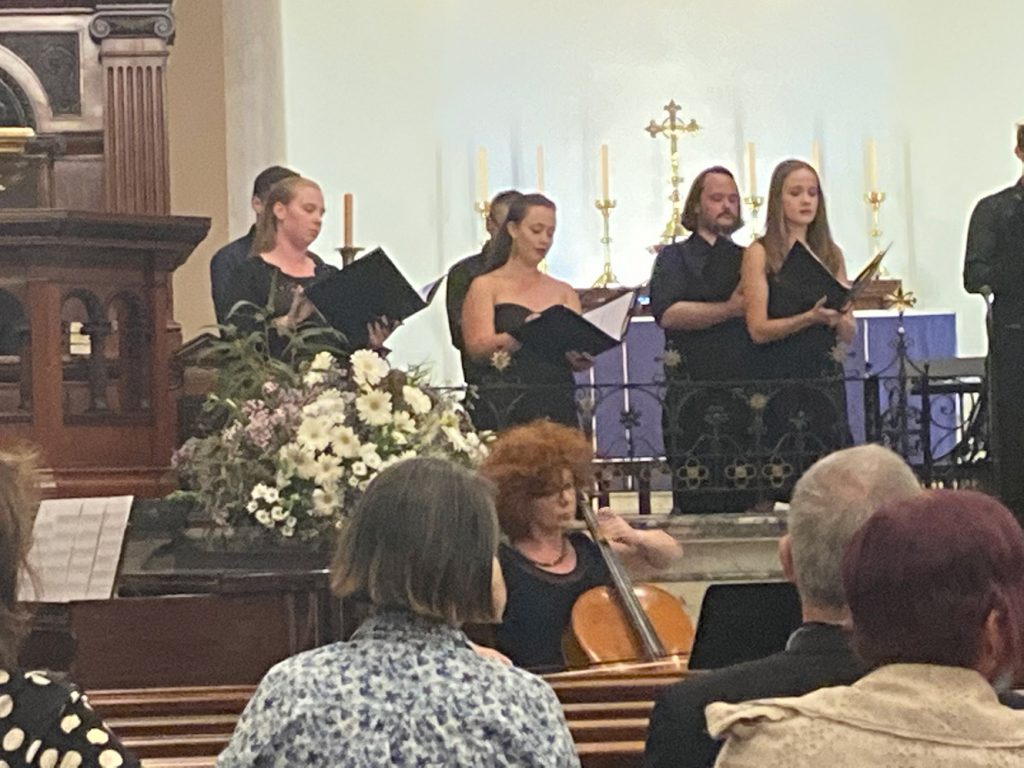
Before moving on to John Tavener’s Magnificat, organist Alistair Nelson performed Rosace, No.3 from Esquisses Byzantines by Mulet, providing a pleasant interlude and allowing the choir to briefly rest their voices.
Tavener’s Magnificat began with a microtonal melody beautifully sung by the sopranos, which then changed to a more rhythmically driven melody sung with a rich tone by the tenors and basses. When all four parts were together, they conveyed the emotional urgency of the text-setting which made the work a particularly touching moment in the concert. The closing melody, identical to the opening melody, was sung with nuance and expression by tenors Tom Hallworth, Luke Iredale, and Ian McCahon and perfectly concluded the work.
Next was Ola Gjielo’s The Rose, perhaps the most accessible work of the evening. Although consisting mostly of close harmonies, the overlapping of parts meant that altos Steph Dillon, Cassandra Doyle, and Alex Siegers were present in the texture and provided a rounded, warm tone complimented nicely by cellist Rachel Scott’s romantic obligato line.
After a brief interval, the concert resumed with Domenico Scarlatti’s masterful setting of the Stabat Mater. With each part requiring a more demanding vocal range, the work allowed the choristers to display their true vocal capabilities. As a result, the singers allowed their voices to spin, contributing further to the expressivity of the work. This work also reunited the choir with the full continuo section which also performed with a fullness of sound while still complimenting the choir. With such a varied character and broad dynamic range, the Stabat Mater felt like the emotional climax of the concert and clearly left an impression upon the audience.
Finally, Henryk Gorecki’s Totus Tuus, a celebration of Pope John Paul II’s third pilgrimage to Poland in 1987. Opening with an exclamatory “Maria!” supported by the rich tone-colour of basses Alistair Clark, Lincoln Law, Phil Murray, and Aidan O’Donnell, the work soon moves to a more tranquil and reverential character. The work showed how well the choristers blend their voices to create a uniform, yet mellifluous sound. However, the most touching moment of the work and probably of the whole concert was the final two minutes, in which the choir softly sang ‘Maria’ while gradually fading out. Although the audience had been attentive the whole concert, these last moments of the work created a complete stillness in the church in which every single person was transfixed by the choir. It’s the mark of extraordinary musicians to be able to create moments such as this. The sacredness of that atmosphere was surely imprinted on the minds of all those in attendance. Congratulations are in order for the Choir of St. James, who have navigated Covid-19 restrictions and cancellations, and emerged stronger than before. A clear indicator of great music to come.

